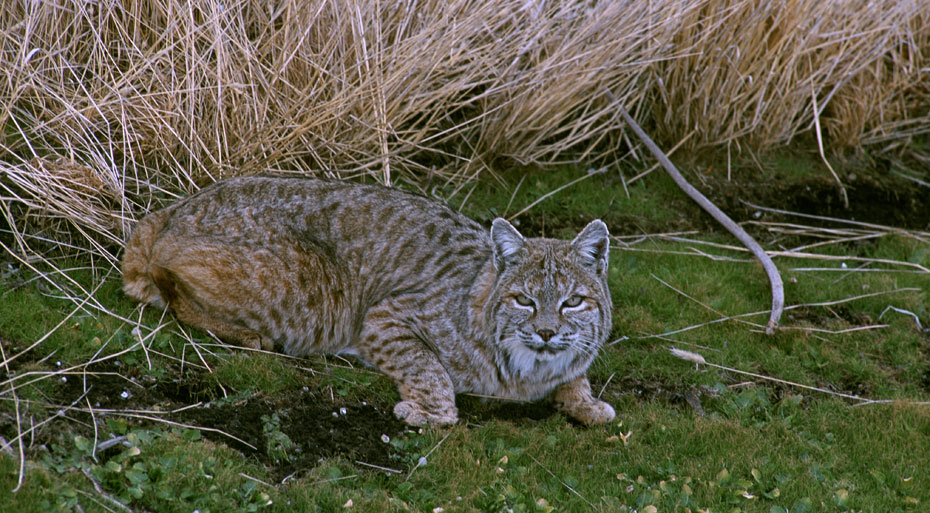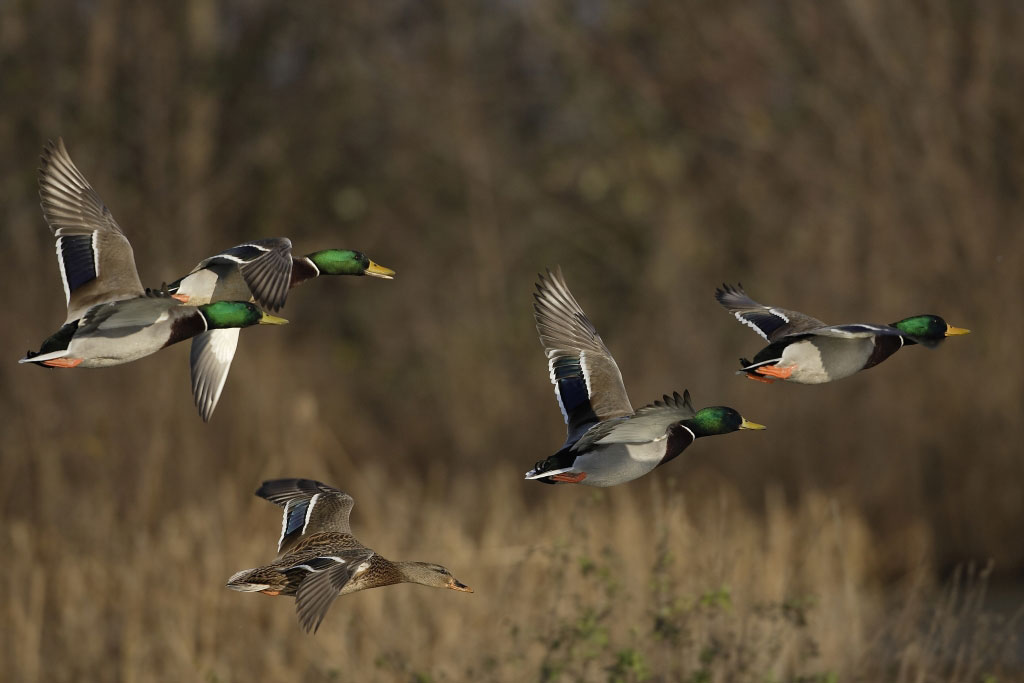Michael Johnson | Mossy Oak ProStaff

I once caught five bobcats out of the same trap placed in the same location. The following year, I caught four bobcats in that same trap. So, I learned that you can pattern predators much like you pattern deer. Year after year, predators will return to some of the same places where you’ve caught them previously. Predators are much like cockroaches and wild hogs – you can beat their numbers back, but you’ll never entirely get rid of them.
I try to control the hog populations on the lands I hunt, too. Many hunters don’t realize that hogs also are nest predators. In January, I shot a 350-pound boar hog on one of our properties down near the river. Any time any of the hunters and hunting clubs I work with have chances to harvest hogs, they do. Hogs are not only bad for wildlife, but in my area of Georgia, wild pigs are destroying thousands of acres of agricultural crops each year. Most landowners in my region are as happy about a feral pig being harvested as the hunter who takes that hog.
I don’t have a hard time locating a place to predator hunt, especially if I talk to the hunting clubs and explain to them why predator hunting every year will increase the numbers of turkeys and deer they have on their properties.
In the springtime, when predator calling and shooting predators is much easier than at other times of the year, hunters may spend more time calling and shooting predators than trapping predators. One of the most effective calls I use in the spring is a fawn bleat. That’s the time of year that the fawns are being born, and the predators really kick into high gear trying to discover and eat fawn deer and turkey poults.
What I’ve learned about calling predators is that call selection is mainly determined by the time of the year I’ll be using them, and what type of predator I’ll be hunting. Besides the fawn bleat, I’ve been very effective using a cottontail-in-distress call to pull in foxes and coyotes.
Two things I count on to determine which calls to use are target audience and time of year. I use both an electronic caller and a mouth caller when calling predators. Typically I don’t use any type of decoys, but wI do have a rabbit tail spinner I use at times. Generally, I hunt predators at night with either a red light or a green light. I recently acquired some night-vision and thermal-vision optics and am anxious to get out this spring to try those out.
I love to hunt turkeys in the spring also. I will set out turkey decoys. If I’m calling turkeys and a predator comes to within gun range, I’ll take that predator. But generally, I try not to call predators in the daytime, especially when we’re hunting turkeys.
To have more wildlife on your property, especially deer and turkeys, you must manage predators. Mossy Oak GameKeepers ProStaffer Michael C. Johnson of Plainfield, Georgia, started trapping and harvesting predators about nine years ago. Johnson has been a Mossy Oak ProStaffer for three years.






























